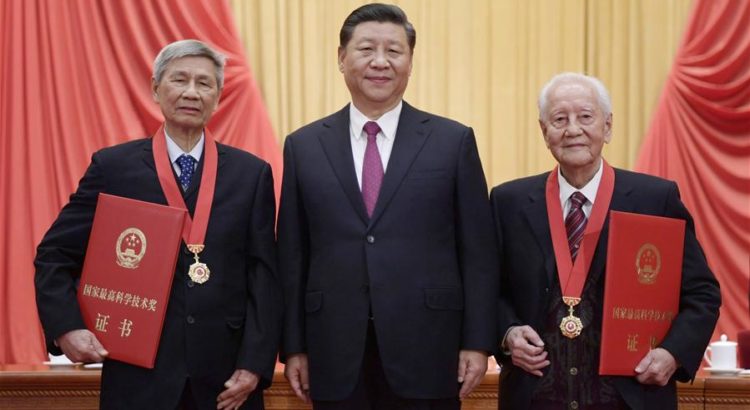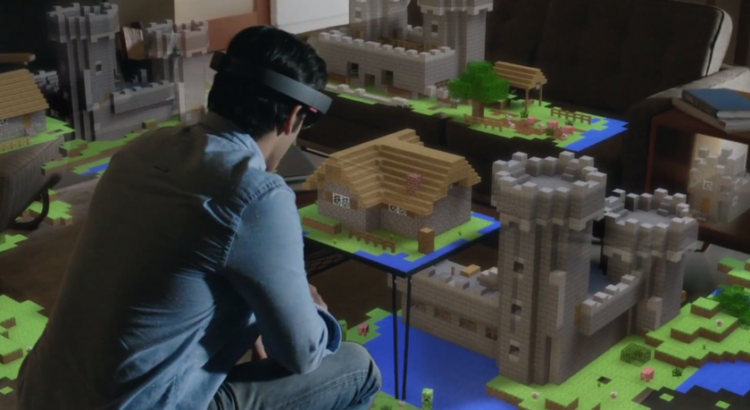Asia/China/12-01-2020/Author and Source: www.xinhuanet.com/
President Xi Jinping presented China’s top science award to Huang Xuhua and Zeng Qingcun on Friday for their outstanding contributions to scientific and technological innovation.
Xi, also general secretary of the Communist Party of China (CPC) Central Committee and chairman of the Central Military Commission, granted award medals and certificates to them at an annual ceremony held in Beijing to honor distinguished scientists, engineers and research achievements.
Xi shook hands with them and expressed congratulations.
Other leaders, including Li Keqiang, Wang Huning and Han Zheng, were also present.
Huang Xuhua, an academician of the Chinese Academy of Engineering, is the chief designer of the country’s first-generation nuclear submarines.
Born in Guangdong Province in 1926, Huang later joined a research institute of the former China Shipbuilding Industry Corporation, and has been engaged in the research and development of nuclear submarines for about 30 years. He won the Medal of the Republic in 2019 for his outstanding contributions to the nation.
Zeng Qingcun, 85, is a famous meteorologist from the Institute of Atmospheric Physics under the Chinese Academy of Sciences (CAS).
His theory of numerical weather prediction solved the problems of timeliness and stability in calculating multi-scale weather change processes and is the basis of the global numerical weather prediction technology.
Zeng’s visionary study on global climate change has brought him a host of accolades and international acclaim, including the world’s top prize for meteorological work.
Friday’s ceremony also honored 296 projects, with 46 winning the State Natural Science Award, 65 the State Technological Invention Award, and 185 the State Scientific and Technological Progress Award.
Ten foreign experts won the International Science and Technology Cooperation Award.
On behalf of the CPC Central Committee and the State Council, Premier Li Keqiang extended congratulations to award winners and thanked foreign experts for their support of China’s science and technology development.
Li, also a member of the Standing Committee of the Political Bureau of the CPC Central Committee, said that since the founding of the People’s Republic of China, it has made brilliant achievements in scientific and technological development, with the past year witnessing a number of internationally leading advances.
Li noted that China is striving to achieve the first centenary goal of building a moderately prosperous society in all respects in 2020.
The premier stressed the importance of following the guidance of Xi Jinping Thought on Socialism with Chinese Characteristics for a New Era, further implementing the innovation-driven development strategy and accelerating the in-depth integration of science and technology with the economy, in a bid to maintain the economic growth within a reasonable range and promote the high-quality development.
He called for strengthening of basic research as the foundation of sci-tech innovation.
«We will increase financial support and guide social forces including enterprises to increase investment,» Li said, adding that the mechanisms for ensuring funds, evaluating achievements and rewarding talent shall all be optimized.
China will support researchers in concentrating on their work without distractions and create more original achievements by respecting rules and tolerating failures, Li said.
Those who dedicated themselves to the scientific work despite decades of obscurity shall be commended and awarded, he said.
The premier also stressed that sci-tech innovation shall address the urgent needs of economic development and people’s livelihood.
China will accelerate development of key technologies and transforming research achievements to products to help speed up industrial upgrading, he said.
Research and development shall be intensified in major disease prevention and control as well as environmental management, so that more people will directly benefit from technology and innovation, he said.
The premier emphasized the role of enterprises in technological innovation and called for efforts to improve their ability and willingness to invest more in innovation by implementing tax and fee deduction policies as well as respecting and protecting their intellectual property rights.
To expand international cooperation in innovations, Li pledged to facilitate scientists and technicians as well as enterprises from various countries to come to China for exchanges and development.
Vice Premier Han Zheng, also a member of the Standing Committee of the Political Bureau of the CPC Central Committee, presided over the ceremony, attended by about 3,300 people.
Before the ceremony, Xi and other leaders met representatives of the award winners.
Source and Image: http://www.xinhuanet.com/english/2020-01/10/c_138694644.htm












 Users Today : 50
Users Today : 50 Total Users : 35459645
Total Users : 35459645 Views Today : 106
Views Today : 106 Total views : 8634
Total views : 8634